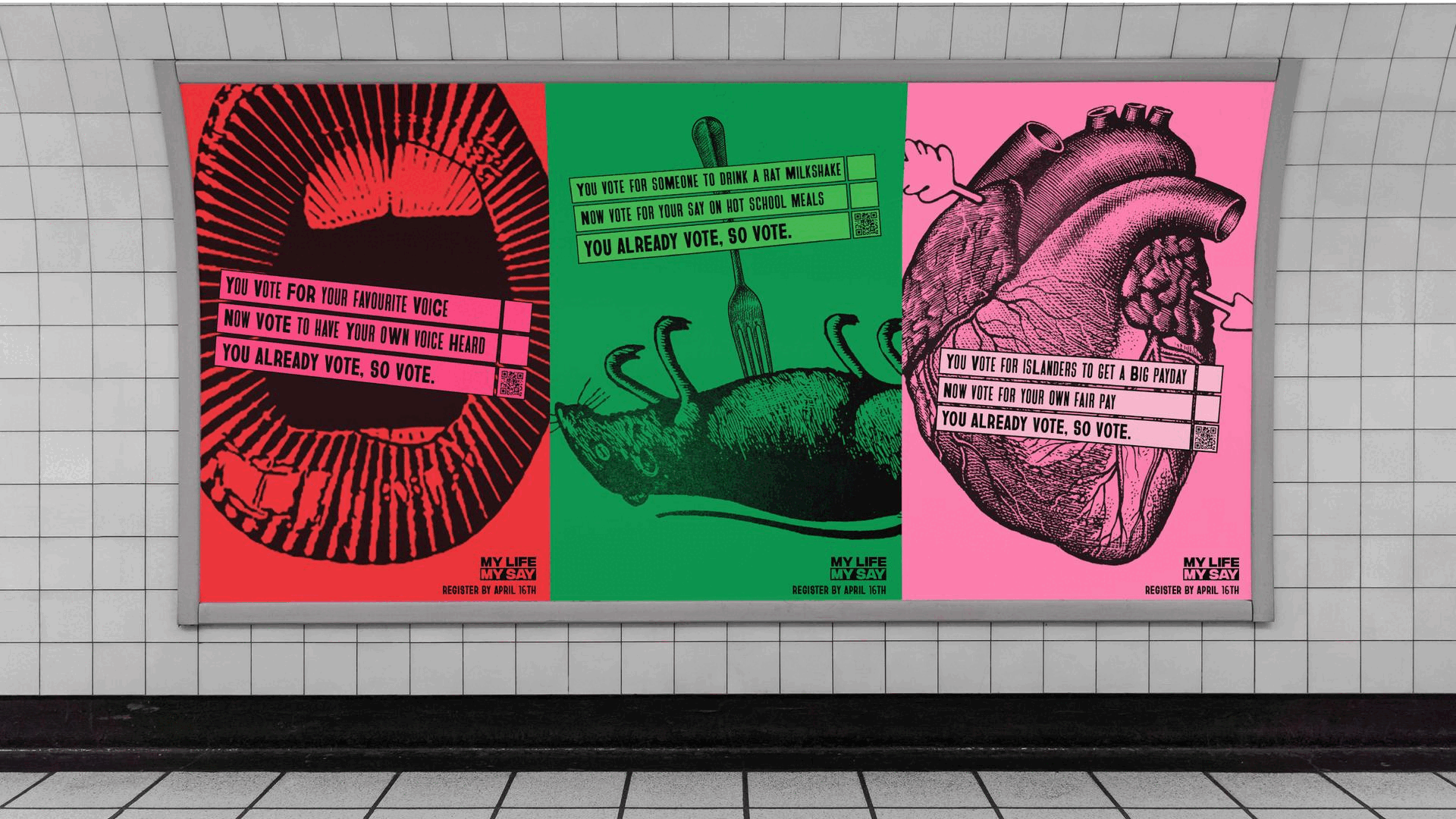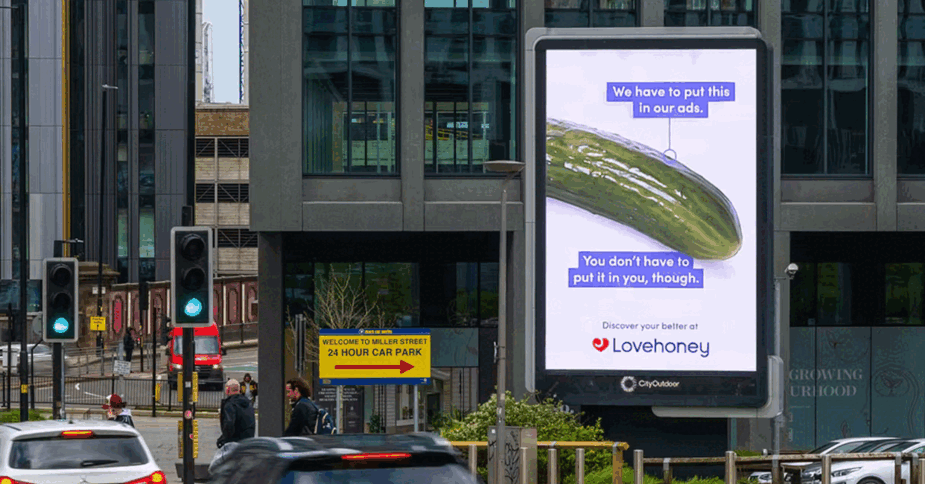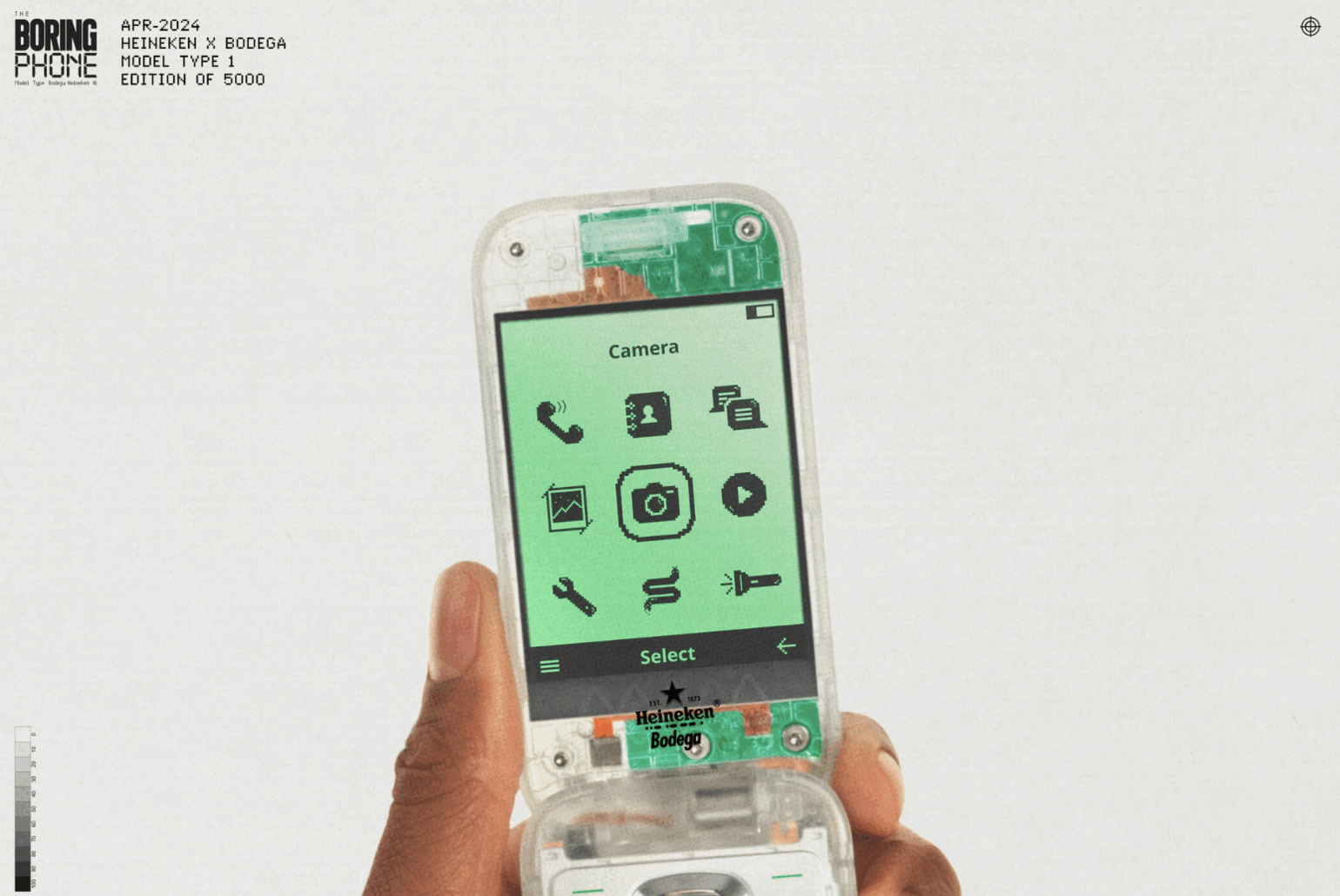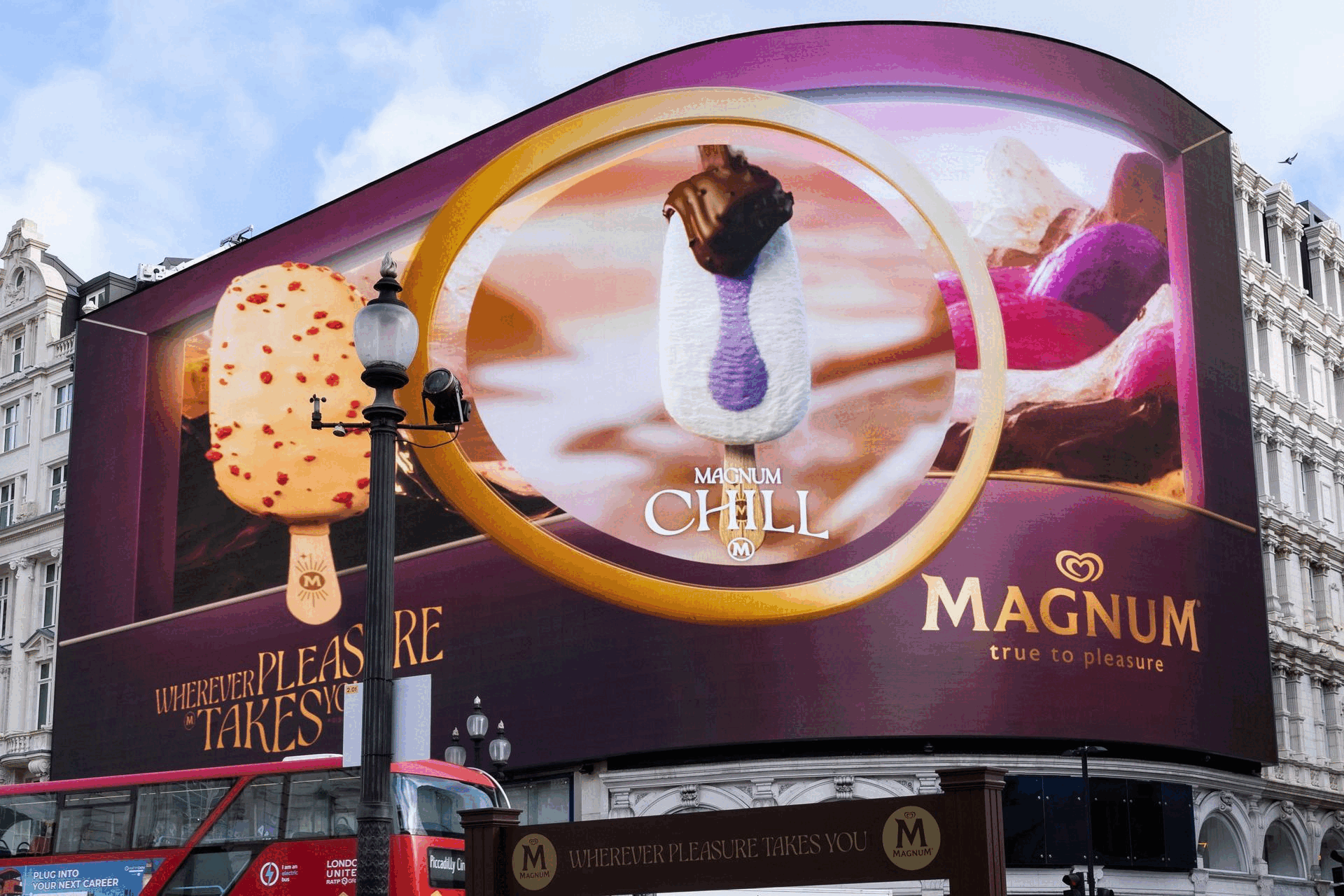Consumer Trust in Advertising in Decline
- Tuesday, September 29th, 2015
- Share this article:

Most forms of advertising and communication, including TV ads, company websites, and promotional emails, have seen a decline in trust among UK consumers over the last two years, according to Nielsen’s latest biennial Global Survey of Trust in Advertising, which polled 30,000 online respondents in 60 countries.
In the UK, editorial content has suffered the biggest decline in consumer trust, down 8 per cent points to 54 per cent, followed by emails that consumers sign up for (down 7 per cent to 56 per cent) and newspaper and radio ads (both down 6 per cent).
Of the 19 ad formats covered in the report, only the three least trusted – mobile ads, text ads on mobiles, and ads on social networks – have increased in trust over the last two years. Thirteen experienced a decline, while three were unchanged.
So, what can brands do? Terrie Brenna, Nielsen’s EVP of marketing effectiveness for Europe, says there isn’t one simple rule for maximizing advertising effectiveness in a saturated market like the UK, but adds that understanding how consumers feel about the ads they’re served on various media platforms is a good starting point.
“While advertisers have started to follow consumers online, about a third of online advertising campaigns dont work – they dont generate awareness or drive any lift in purchase intent,” says Brenna. “More than ever, consumers are in control of how they consume content and interact with brands, so understanding ad resonance across screens is now the only way to successfully drive memorability and brand lift.”
Personal recommendation
Personal recommendation (trusted to some degree by 81 per cent of UK respondents) remains the most trusted form of advertising or communication, with the credibility gap widening between it and other formats. It now stands alone as the only format trusted by more than 60 per cent of UK respondents, compared to five formats just two years ago. ‘Consumer opinions online’ (58 per cent) is now the second most trusted format (up from fourth two years ago) and is followed by ‘emails signed up for’ and TV ads (both 56 per cent). Online video ads and online banner ads have a lower trust rating than traditional ad formats, but their credibility has held up over the last two years, while trust in TV ads has fallen.
Personal recommendation is the format most likely to lead to some form of action being taken by consumers (cited by 71 per cent of respondents), followed by opted-in emails (62 per cent) and TV ads (53 per cent). Generally, people are more likely to trust an ad format than take action as a result of seeing it. However, three ad formats buck this trend. Opted-in emails are more likely to engender action than trust (62 per cent take action vs. 56 per cent trust), as are ads in search engine results (43 per cent vs 38 per cent) and mobile text ads (28 per cent vs. 27 per cent).
“The formats where action exceeds trust by the greatest margin share a common attribute: easy access to the product or service,” concludes Brennan. “You like it, you buy it. Online and mobile formats make it exceptionally easy for consumers to live in the moment and take quick action on the ad. Often, consumers simply click a link and they’re directed to a place where they can receive more information or purchase the item.”
The Nielsen Global Survey of Trust in Advertising was conducted between 23 Feb and 13 March 2015, and polled more than 30,000 consumers in 60 countries throughout Asia-Pacific, Europe, Latin America, the Middle East, Africa and N. America.
The sample has quotas based on age and sex for each country based on its internet users and is weighted to be representative of internet consumers. It has a margin of error of ±0.6 per cent, and is based only on the behaviour of respondents with online access.
















